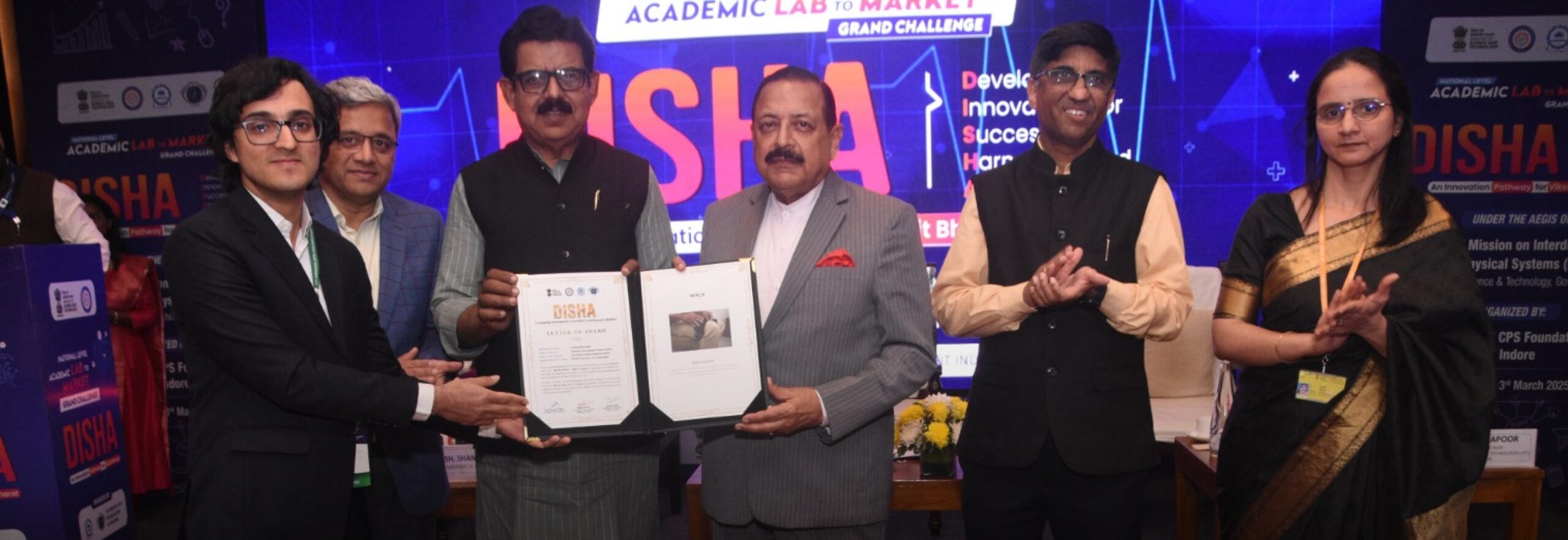
The terrorist attack on tourists in Pahalgam in April 2025 claimed several lives. In response, India launched Operation Sindoor, a measured, precise, and strategic counter strike. Without crossing the Line of Control or international borders, Indian forces targeted and neutralized key terrorist infrastructure. What truly stood out was the integration of homegrown defence technology. From advanced drones and air defence systems to electronic warfare tools, Operation Sindoor showcased India’s growing military self-reliance and technological strength. In the wake of this operation, India’s defence stocks have been on a remarkable rise. Stocks like Paras Defence jumped over 32%, ideaForge gained 24%, and Data Patterns surged nearly 39%. Investor interest is skyrocketing, but the big question remains: Is this a temporary surge fueled by fear and emotion? Or is it the beginning of a deep, structural shift in India’s defense-tech ecosystem? To understand that, let’s rewind a little. let’s go to the past to predict the future.
The Changing Landscape (PAST)
A decade ago, India’s defense sector leaned heavily on PSUs (Public Sector Undertakings) and foreign imports for everything from fighter jets to submarines. HAL, BEL, and BEML were the go-to names. While they delivered critical platforms like Tejas jet, they often faced delays and limited innovation. The Indian armed forces still had to import nearly 70% of their requirements whether it was Rafale jets from France or S-400 air defense systems from Russia. This made India strategically vulnerable and economically burdened.

Moreover, warfare itself has changed dramatically since the Kargil War of 1999. Back then, battles were largely fought with manned aircraft, artillery, and infantry. Today, the theatres of conflict are longer, more unpredictable, and technologically advanced. The world is shifting from large, centralized platforms like tanks and aircraft to smaller, smarter, autonomous systems like drones and AI-powered surveillance. In modern warfare, precision matter more than sheer firepower.
Recognizing this shift, the Indian government took decisive steps. In 2021, it banned the import of drones to encourage local manufacturing. It also launched a Production Linked Incentive (PLI) scheme with ₹120 crore to supercharge domestic drone makers. Key initiatives like iDEX (Innovations for Defence Excellence) began funding startups with cutting-edge solutions, while SRIJAN promoted import substitution by mapping products that could be developed locally. These were not cosmetic reforms but a new playbook for 21st-century warfare.
The Rising Role of Defense Startups (THE PRESENT)
By May 2025, the impact of these policy shifts became visible on the ground. The Indian Armed Forces were actively using homegrown tech in real operations.
Take ideaForge, for instance. Their SWITCH UAV and NETRA V2, built in partnership with DRDO, were deployed in border areas for real-time surveillance and reconnaissance. These drones helped secure high-altitude zones where traditional manned missions are risky and expensive.

Alpha Design Technologies, in collaboration with Israel’s Elbit Systems, built the SkyStriker which a loitering munition drone capable of precision attacks on enemy targets. Similarly, Solar Industries rolled out Nagastra-1, a tactical drone that added new strike options for the Army. Another startup NewSpace Research provided swarm drone tech to the Air Force which are multiple drones acting in coordination like a school of fish, overwhelming enemy radar. These firms are not just supporting India’s military—they are shaping its future.
The Future of Defense Startups (FUTURE)

So where is this headed?
1) Cybersecurity: The Next Battlefield
As battles move to the cloud, cybersecurity is fast becoming the most critical domain in defense. Imagine drones being hacked mid-air or enemy states jamming communication lines during conflict. Defense startups working on quantum encryption, AI-based cyber threat detection, and secure communication protocols are going to lead the next wave.
2) Space Defense: India’s Eyes in the Sky
With 52 satellites in the pipeline—21 by ISRO and 31 by private players—India’s space-based surveillance and defense ecosystem is getting ready for liftoff. These satellites will allow: Real-time tracking of enemy movements, Better navigation and targeting, 24/7 border and sea monitoring. Expect startups in space tech, satellite data analytics, and space warfare to emerge fast.
3) Defense Exports:
India’s defense exports touched ₹24,000 crore ($2.9 billion) in FY25. A majority of this came from private players and new-age companies. And it’s just the beginning—the government aims to double this to ₹50,000 crore by 2029. The Indian drone market alone is projected to hit $11 billion by 2030, making up over 12% of the global drone market. If you’re building world-class military tech in India, you’re building for the world.
Conclusion
Prime Minister Narendra Modi recently said:
“The war has not stopped, it is only suspended. If they attack, we will attack again.”
This sentiment captures the urgent need for India to stay combat-ready, not just through manpower, but through cutting-edge, indigenously developed technology. As tensions simmer on multiple fronts, especially with China and Pakistan, the role of Indian defense startups has never been more crucial. If you’re looking to build in defense, now is your time. Yes, the path is tough with long product cycles, slow government procurement, heavy compliance, and massive R&D requirements. But when your technology becomes the eyes in the sky, the shield on the border, or the intelligence behind the mission, you’ll know it was worth it. Because you’re not just building a company but helping protect a nation.
Do you want to know the founder’s story of how ideaForge, the unicorn defense startup by IIT Bombay alumni, was built from scratch?
Comment “YES” and we’ll post another blog about it.








